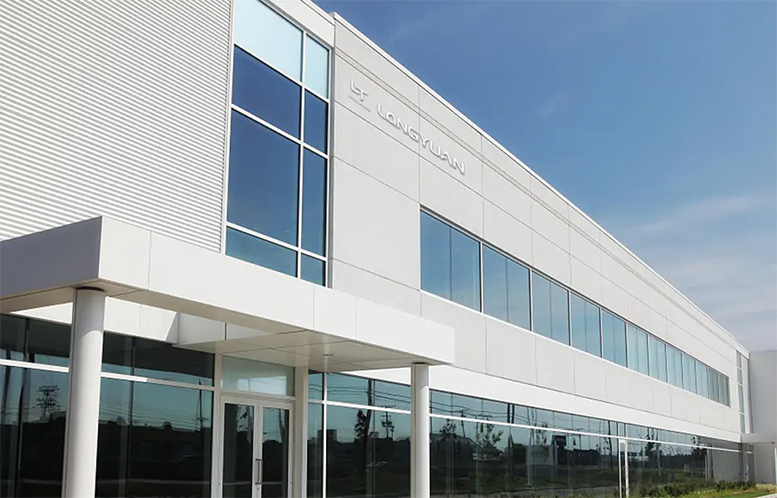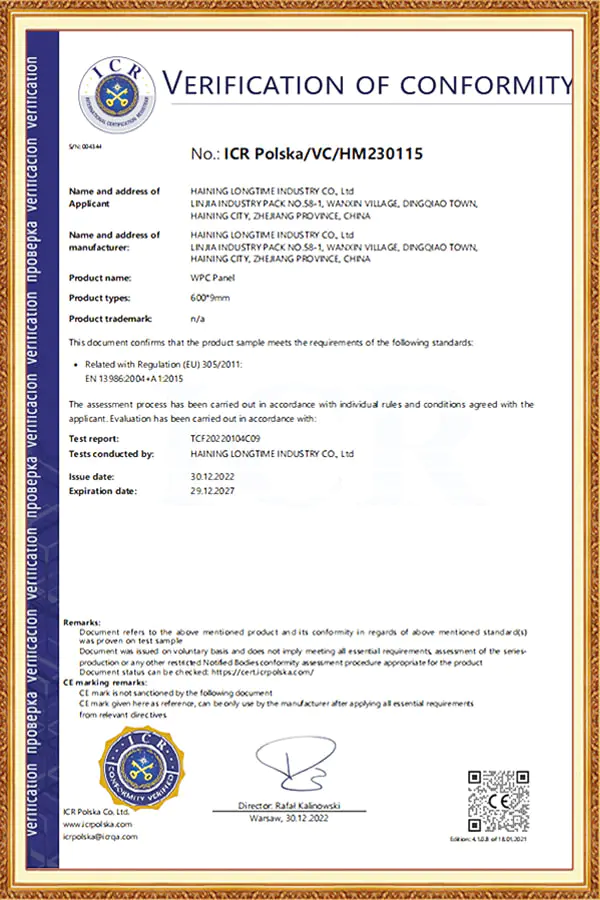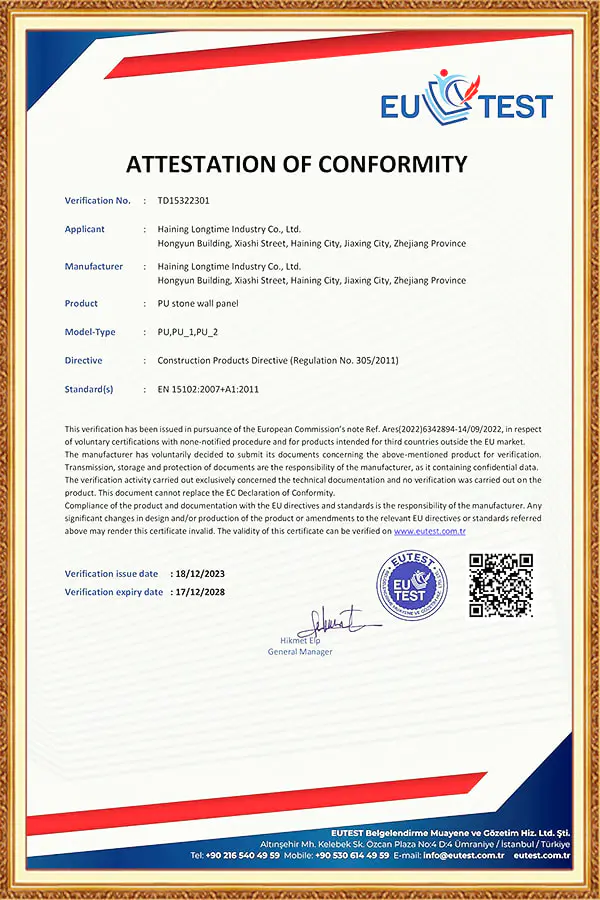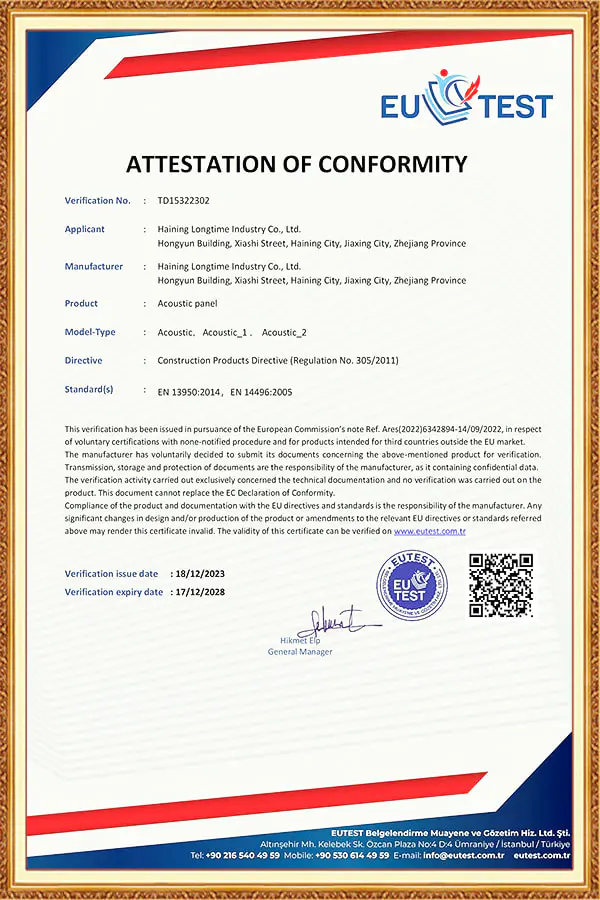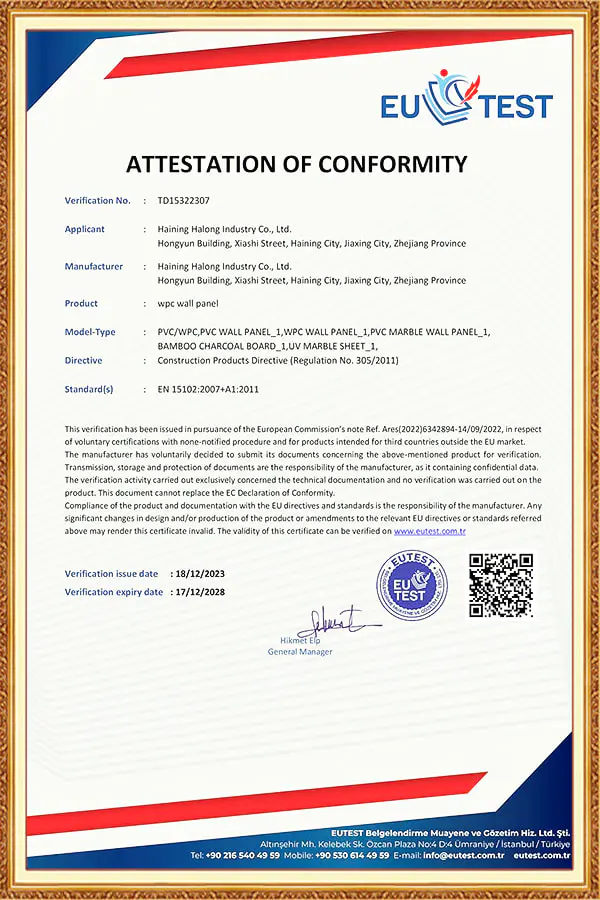How Are Fluted or Ribbed Patterns Created in Wall Panels?
Fluted or ribbed wall panels have become a popular choice in modern interior design, offering a blend of aesthetic appeal and functional benefits. These panels feature vertical or horizontal grooves that create a textured, three-dimensional effect, enhancing the visual depth of any space. Whether used in residential or commercial settings, fluted panels add sophistication and elegance to walls, ceilings, and even furniture.
1. Understanding Fluted and Ribbed Wall Panels
Fluted wall panels are characterized by their linear grooves, which can be uniform or varied in depth and spacing. These panels are also referred to as ribbed, grooved, or textured wall panel designs, depending on their pattern. Common applications include:
- Fluted feature walls in living rooms and bedrooms
- Modern wall cladding panels for offices and hotels
- Acoustic fluted wall panels for sound absorption
- Vertical fluted wall panels for height-enhancing effects
The manufacturing process varies depending on the material—whether PVC, MDF, wood, or composite boards—but the core techniques remain similar.
2. Materials Used in Fluted Wall Panel Production
Different materials offer unique textures, durability, and installation benefits. Below are the most common types:
A. PVC Fluted Wall Panels
PVC (Polyvinyl Chloride) is a lightweight, moisture-resistant material widely used in interior wall cladding fluted panels. The production process involves:
- Extrusion Molding: PVC resin is melted and forced through a custom-designed die to create continuous sheets with grooves.
- Embossing or Lamination: A decorative film (such as wood grain or solid colors) is applied to enhance aesthetics.
- Cooling and Cutting: The extruded panels are cooled, trimmed, and prepared for packaging.
Advantages of PVC Fluted Panels:
- Waterproof and ideal for bathrooms and kitchens
- Easy fluted panel installation with tongue-and-groove systems
- Low maintenance and long-lasting
As a professional PVC fluted wall panel manufacturer, Haining Longtime Industry Co., Ltd ensures high precision in groove consistency, offering wholesale fluted wall panels in bulk for global markets.
B. MDF Fluted Wall Panels
Medium-Density Fiberboard (MDF) is a cost-effective material for decorative groove wall panel sheets. The manufacturing steps include:
- CNC Routing: A computer-controlled router carves precise grooves into MDF sheets.
- Sanding & Finishing: The panels are sanded smooth and painted or laminated.
- Edge Sealing: To prevent moisture damage, edges are sealed with veneers or PVC trims.
Advantages of MDF Fluted Panels:
- Smooth surface for painting or veneering
- Ideal for custom fluted wall panel production
- Suitable for fluted wall panel bedroom and living room designs
C. Wood Fluted Wall Panels
Natural wood panels (such as oak, walnut, or teak) are milled using:
- Planer and Router Cutting: Traditional woodworking tools shape the grooves.
- Sanding & Staining: The wood is sanded and finished with stains or varnishes.
Advantages of Wood Fluted Panels:
- High-end, luxurious appearance
- Can be customized for 3D fluted wall panel effects
- Eco-friendly options available
D. WPC & SPC Fluted Panels
Wood-Plastic Composite (WPC) and Stone-Plastic Composite (SPC) panels combine durability with aesthetics. These are produced through:
- Co-Extrusion: A mix of wood fibers and PVC is molded into fluted patterns.
- UV Coating: A protective layer is added for scratch resistance.
Advantages of WPC/SPC Panels:
- Weather-resistant for both indoor and outdoor use
- Available in large format fluted wall panels
- Low thermal conductivity
3. Manufacturing Techniques for Fluted Patterns
A. Extrusion (For PVC & WPC Panels)
- A heated polymer is pushed through a die to form continuous sheets with grooves.
- The die design determines the groove depth and spacing.
B. CNC Machining (For MDF & Wood Panels)
- A CNC router cuts precise grooves based on digital designs.
- Allows for custom fluted wall panel production with unique patterns.
C. Press Molding (For 3D Fluted Wall Panels)
- A hydraulic press stamps grooves into panels using heated molds.
- Used for textured wall panel designs with deep relief patterns.
D. Lamination (For Decorative Finishes)
- A printed film (wood, marble, or metallic finishes) is laminated onto the grooved surface.
- Enhances the fluted wall panel design while protecting the core material.
4. Applications of Fluted Wall Panels
Fluted panels are versatile and used in various settings:
-
Residential Spaces:
- Fluted wall panel bedroom accent walls
- Living room feature walls
- Kitchen and bathroom cladding
-
Commercial Spaces:
- Hotel lobbies with vertical fluted wall panels
- Office partitions with acoustic fluted wall panels
- Retail store displays
-
Architectural Projects:
- Architectural wall panels supplier solutions for facades
- Sound-absorbing fluted wall boards for auditoriums
What Printing Methods Are Used for Decorative Films?
Decorative films are versatile materials used in interior design, furniture manufacturing, automotive wrapping, and architectural applications. These films come in various patterns, textures, and finishes, including wood grain decorative film, marble decorative film, 3D decorative film, and metallic decorative film. To achieve these designs, manufacturers use different printing methods, each offering unique advantages in durability, resolution, and cost-effectiveness.
1. Gravure Printing
How It Works
Gravure printing, also known as rotogravure, involves engraving images onto a cylinder. The recessed cells hold ink, which is transferred onto the film substrate under high pressure.
Benefits
- High-quality, detailed prints suitable for wood grain decorative film and marble decorative film.
- Excellent color consistency, making it ideal for large-volume production.
- Durable prints resistant to fading, perfect for heat-resistant decorative film and waterproof decorative film.
Applications
- Decorative film for kitchen cabinets
- Vinyl decorative film rolls for furniture
- High-gloss PVC decorative sheet
2. Digital Printing
How It Works
Digital printing uses inkjet or laser technology to apply designs directly onto the film without plates or cylinders. This method allows for high customization.
Benefits
- Ideal for custom printed decorative film with intricate patterns.
- Short production runs and quick turnaround times.
- Suitable for patterned decorative window film and 3D decorative PVC foil.
Applications
- Self-adhesive decorative film for DIY projects
- Decorative overlay film for panels
- Frosted glass decorative film for privacy solutions
3. Flexographic Printing
How It Works
Flexo printing uses flexible relief plates to transfer ink onto the film. It is commonly used for large-scale production due to its speed and efficiency.
Benefits
- Cost-effective for bulk orders like vinyl wrap decorative film bulk.
- Works well with peel and stick decorative film.
- Good for solid colors and simple patterns.
Applications
- Decorative window film for commercial spaces
- Building material decorative films
- Furniture PVC foil
4. Screen Printing
How It Works
Screen printing involves pushing ink through a mesh stencil onto the film. Each color requires a separate screen.
Benefits
- Vibrant, opaque colors, great for metallic decorative film.
- Thick ink layers enhance durability.
- Suitable for heat transfer decorative film sheets.
Applications
- Decorative film for furniture accents
- Decorative laminate film rolls
- SPC flooring and WPC decking designs
5. Offset Printing
How It Works
Offset printing transfers ink from a plate to a rubber blanket before applying it to the film. It is mainly used for paper-based films but can be adapted for PVC.
Benefits
- High precision for detailed 3D decorative film.
- Cost-effective for medium to large print runs.
Applications
- PET decorative film manufacturer products
- Architectural decorative film supplier materials
6. Thermal Transfer Printing
How It Works
This method uses heat to transfer dye or resin-based ink from a ribbon onto the film.
Benefits
- Excellent for heat-resistant decorative film.
- Produces sharp, smudge-proof prints.
Applications
- Decorative film for kitchen cabinets
- Industrial-grade waterproof decorative film
